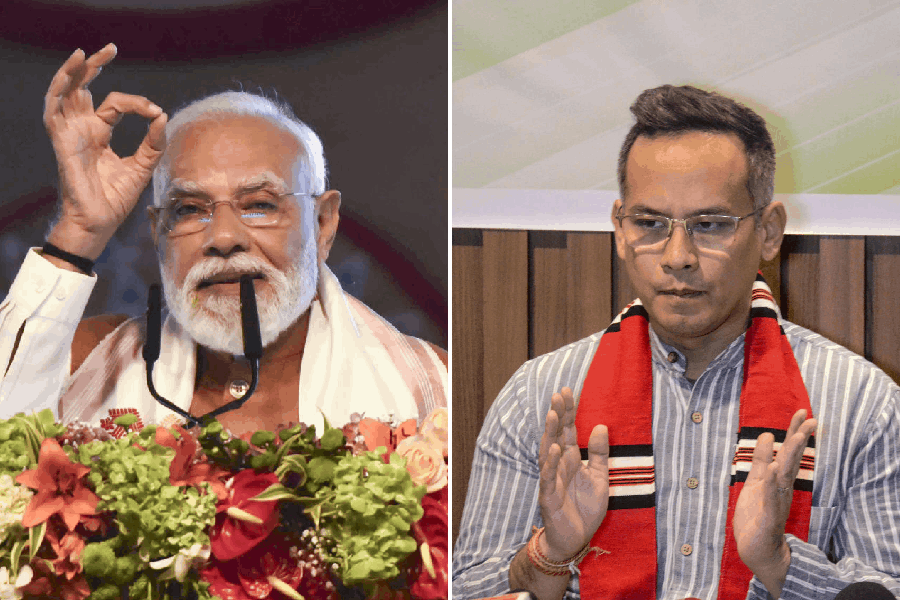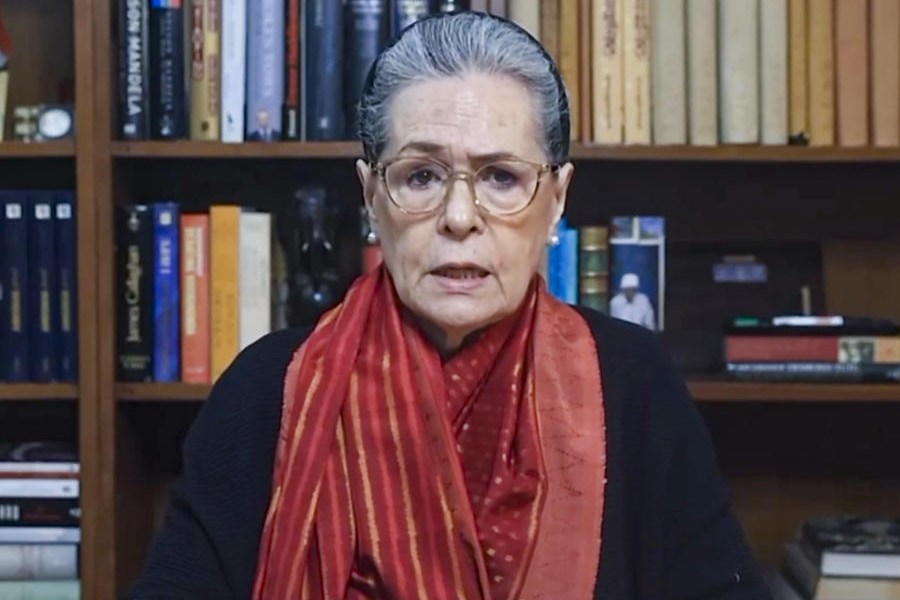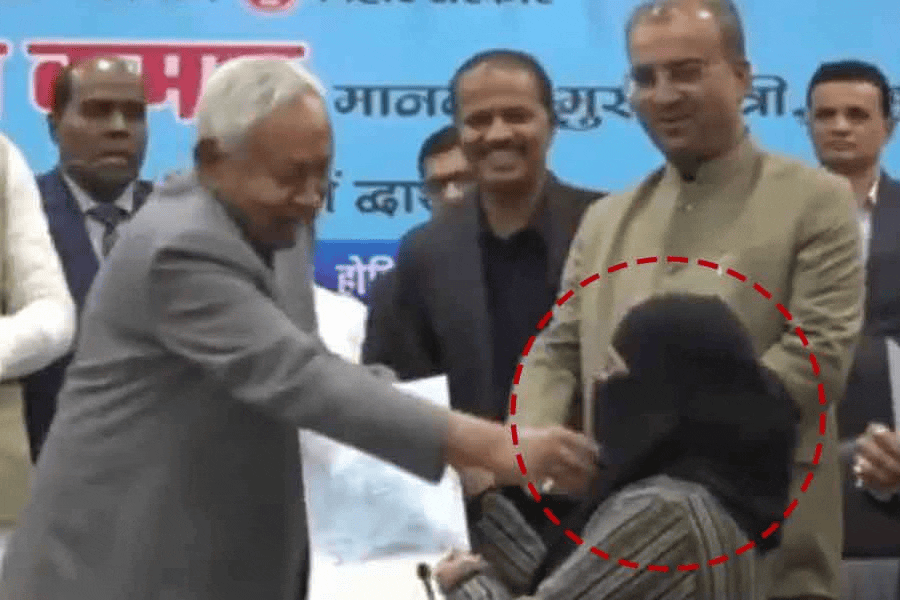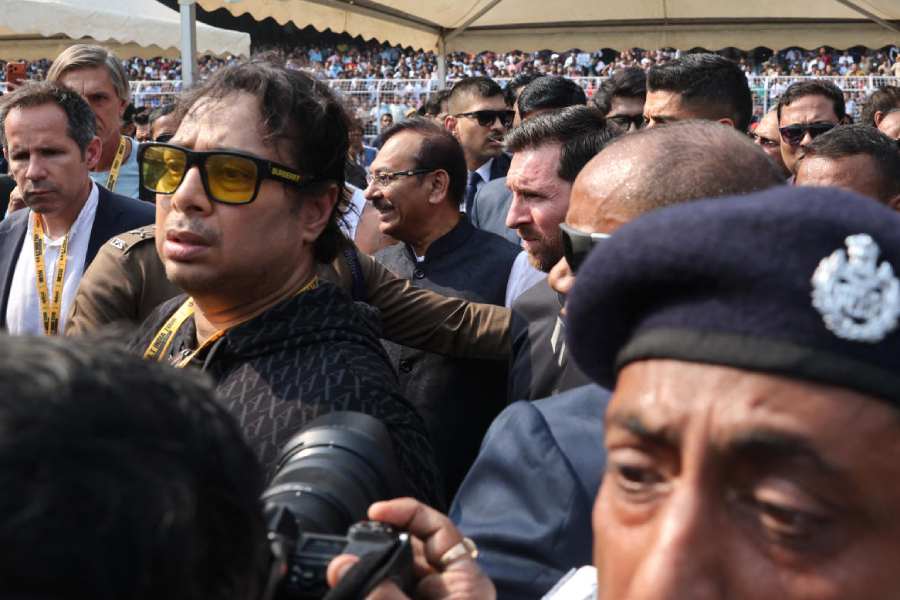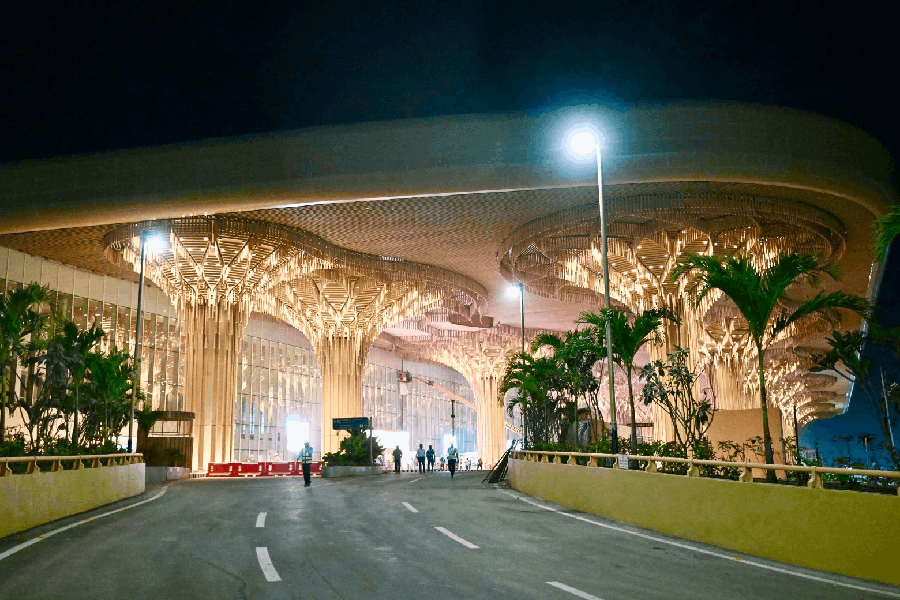 |
Bhubaneswar, Aug. 27: Cycling may soon become an attractive and safe option for commuters in the twin cities.
The Bhubaneswar Development Authority (BDA) is planning to build separate corridors for cyclists. This would create more road space for motor vehicles, help in decongesting traffic and also address the safety issue of cyclists, who are more vulnerable to road mishaps.
“Future road plans in the city should have segregated paths for pedestrians and cyclists. We’ve seen severe congestion on the roads due to an increase in the number of vehicles in the twin cities. As a result, the average speed of vehicles has reduced. So if we don’t segregate cycles by having separate paths for cycling, then the roads in the twin cities will be in a complete mess soon. It will reduce the pace of traffic too,” said director of Biju Patnaik State Police Academy Satyajit Mohanty.
“According to figures available with the State Transport Authority (Bhubaneswar and Cuttack), the city had 11,000 motorcycles and scooters in 2007-08. The number went up to 27,918 in 2008-09 and 55,786 in 2009-10. In the same period, the numbers in Cuttack have been 18,469, 18,612 and 29,228, respectively,” added Mohanty.
Calling for equitable allocation of road space, Mohanty said: “The National Urban Transport Policy admits that the cost of travel has increased. Pedestrians and cyclists are more vulnerable to road mishaps. At the same time, a rise in the number of personal vehicles has increased pollution levels in the cities.”
Citing a study by Geetam Tiwari, a scholar of Transportation Research and Injury Prevention Programme in IIT Delhi, Mohanty said providing a safe infrastructure for cyclists and pedestrians mean either physically segregating road space for non-motorised transport (NMT) users or reducing the speed of motorised traffic.
“However, both measures imply restricting the mobility of users of motorised vehicles to ensure the mobility of bicycle users. It is, however, possible to redesign existing roads to provide a safe and convenient environment for NMT users while enhancing capacity of the transport corridors,” he added.
“The World Gazetteer predicts that the Bhubaneswar-Cuttack corridor will be the 22nd largest urban centre in India and the 2030 vision document of the comprehensive development plan of the city has found that the greater Bhubaneswar-Cuttack metropolitan area and Jatni-Chowdwar corridor will have a population of 55 lakh people. So, traffic planning of the roads should start now,” he said.
BDA vice-chairman Deoranjan Kumar Singh said long-term development plans for the city would focus more on roads and infrastructure. A rapid bus transport system would cater to the needs of the growing population by 2030.
BDA planning member K.C. Satapathy said: “All the new six master plan roads will have dedicated corridors for cyclists, as the 2030 vision document plans to have a green city in place.”
Prof. H.N. Dash, who teaches architecture in College of Engineering and Technology, Bhubaneswar, however, added: “While developing a master plan for the roads, the development authority should keep in mind proper engineering designs and standards.
“For example, the road connecting Khandagiri, Siksha-O-Anusandhan University campus and Pokhariput has many flaws in design and execution, which even a layman can detect. While developing the new master plan, the authorities should adopt a thoroughly professional approach.”
“In many cases there is no proper alignment of roads and footpaths near intersections. If adequate land provision is not there for proper intersections then the development authority will have to ensure it. The supervision of engineering designs and their execution by unskilled persons should also be checked. Designing of roads also demand proper space demarcation for parking bays and signage at junctions to reduce accidents,” he added.
Traffic engineer Ranjit Das of city-based Urban Traffic Training Institute, said: “NMT modes are eco-friendly and are important parts of the planning. The problems being faced by NMT users will have to be mitigated. The safety concerns of cyclists and pedestrians have to be addressed by encouraging the construction of segregated ways for bicycles and pedestrians.”
“The segregated paths will not only be helpful for using NMT, but will also be important for improving access to public transport system (PTS). These access paths, coupled with safe bicycle parking places, would contribute towards increasing use of PTS. Creative facilities such as shade giving landscape, provision of drinking water and resting stations along bicycle corridors would also be encouraged,” Das added.


